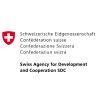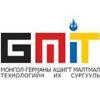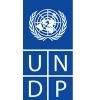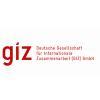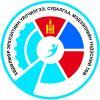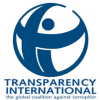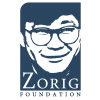.jpg)
Commissioned by Save the Children Japan in Mongolia, the Independent Research Institute of Mongolia (IRIM) conducted the needs assessment survey of the ‘Promoting Inclusive Education for Every Last Child in Mongolia’ project. It was conducted in Khovd and Uvurkhangai aimags, and three districts: namely Bayanzurkh, Chingeltei and Songinokhairkhan. The project goal is to increase access to quality education service for vulnerable children by strengthening the inclusive education system at regular schools and the structure and the capacity of LifeLong Education Centers (LLEC) in target areas.
The research team of IRIM has conducted this survey between May and August 2018 in order to assess the current structure, systems and practices of Inclusive Education, to assess the knowledge, methodology and involvement of parents and teachers of Children with Special Needs (CWSN), to identify the needs of these parties, and to provide evidence and recommendations for project activities based on the results.
Overall, 686 respondents who were key education stakeholders such as parents, teachers, school managers and specialists on education were surveyed by combined quantitative and qualitative methodologies. A total of 630 questionnaires, 43 semi-structured interviews, 3 in-depth interviews and 10 case studies were collected.
Main selected findings, from among the many that were discovered; were as follows:
- According to the findings, the teachers at regular schools and LLECs have two contradicting points of view on educating CWSN at regular schools. One out of every two teachers answered that CWSN have the right to study at regular schools. However, the other teachers responded "Learning at special schools is a lot more beneficial for CWSN". Specially, teachers mentioned that children under the classification of ‘Intellectual disability’, ‘Autism spectrum disorder’ and ‘Epileptic children’ cannot study at regular schools. These aforementioned split positions have been caused by the absence of appropriate educational conditions for CWSN.
- The respondents mentioned following reasons as the problems of the highest priority when it comes to educating CWSN in regular schools: (1) Methodologies, modules and programs of educating CWSN is not adequate; (2) Teachers’ lack of knowledge, abilities and experience in working with CWSN; (3) Parents (without CWSN) understanding of CWSN is not adequate; (4) Inadequacy of education materials, tools and facilities needed for working with CWSN. Therefore, teachers need training on screening and assessing methods for CWSN. They also need to be trained regarding the different categories of disabilities in children, especially of those attending their schools. It is necessary for these training sessions to take into consideration the specific needs of CWSN in order to work with them effectively.
The research team is grateful to the many people who provided inputs and influenced this survey. The team would like to express its gratitude to the evaluation team from Save the Children Japan and the authorities, managers, teachers and parents (from both the regular schools and LLECs) who lent us their generous support.
.png)

.png)

.png)
.png)
.jpg)


